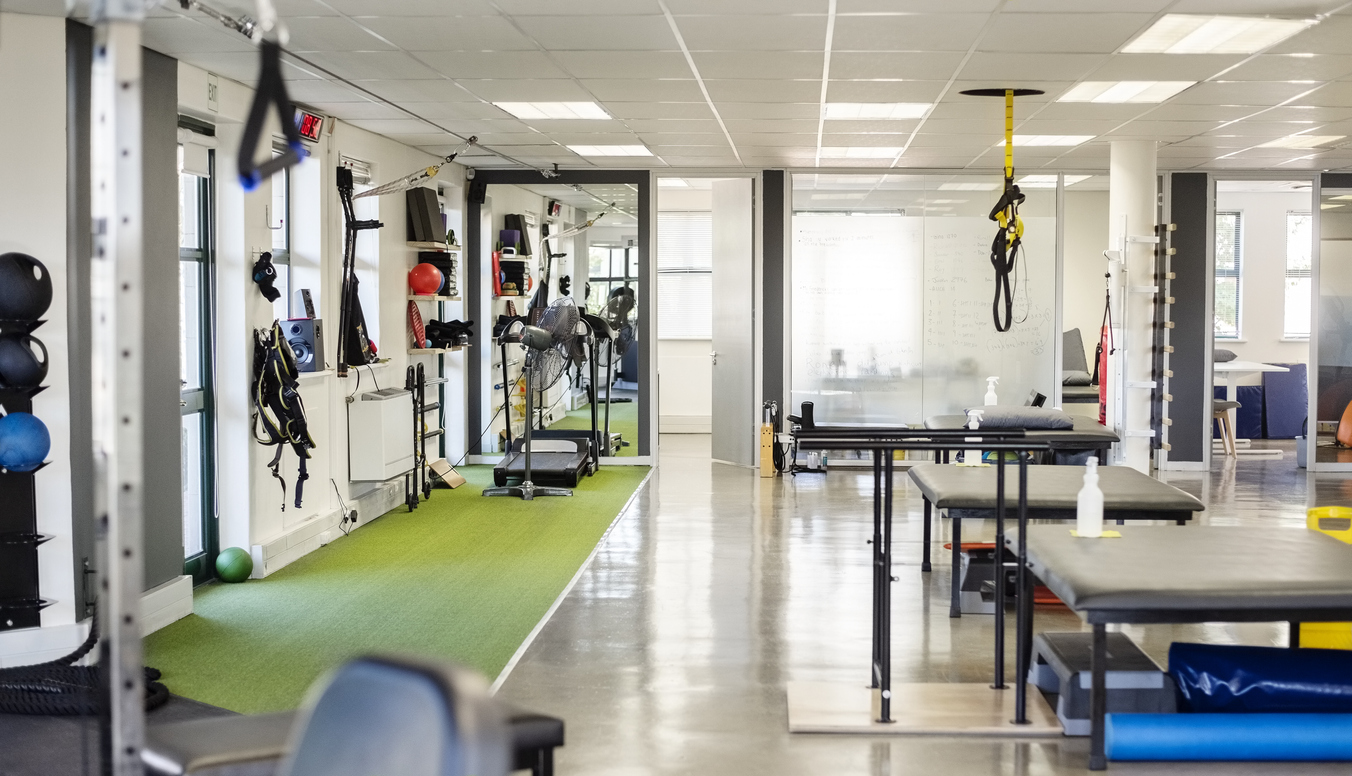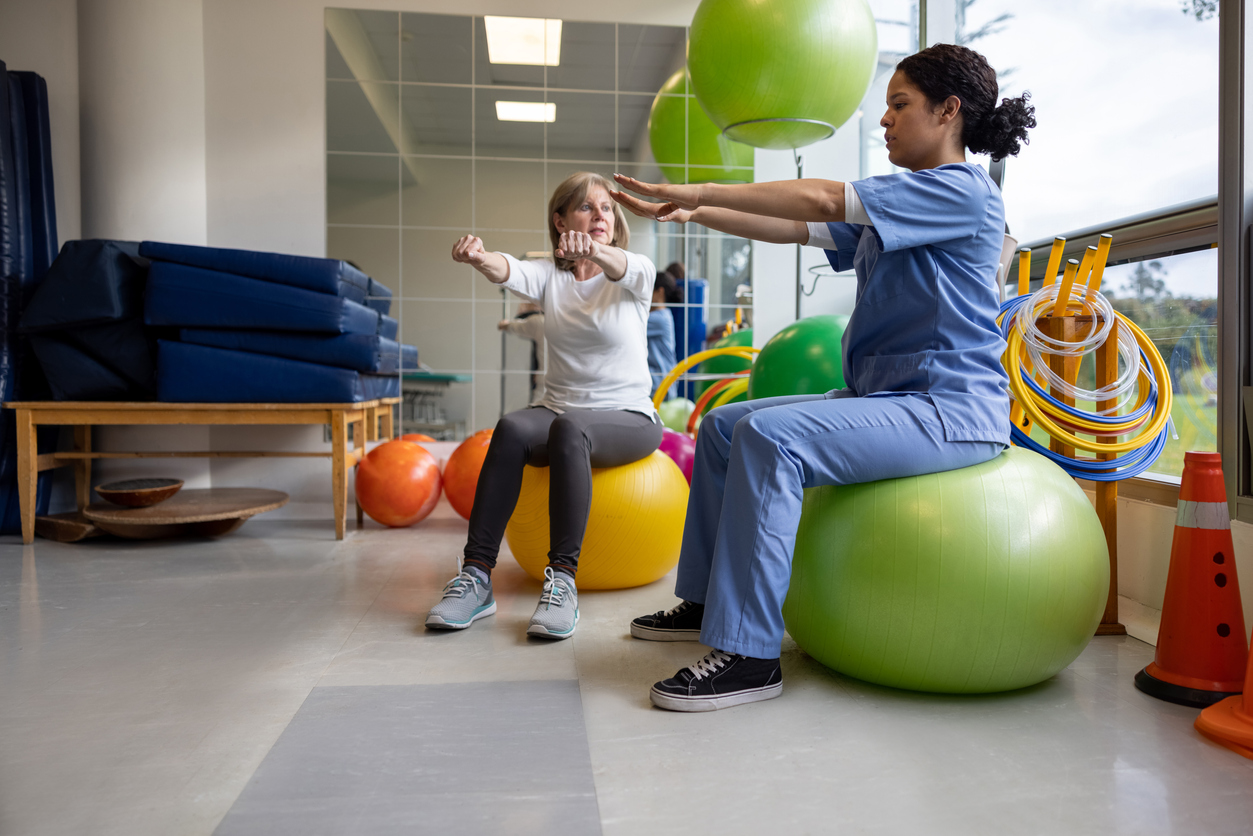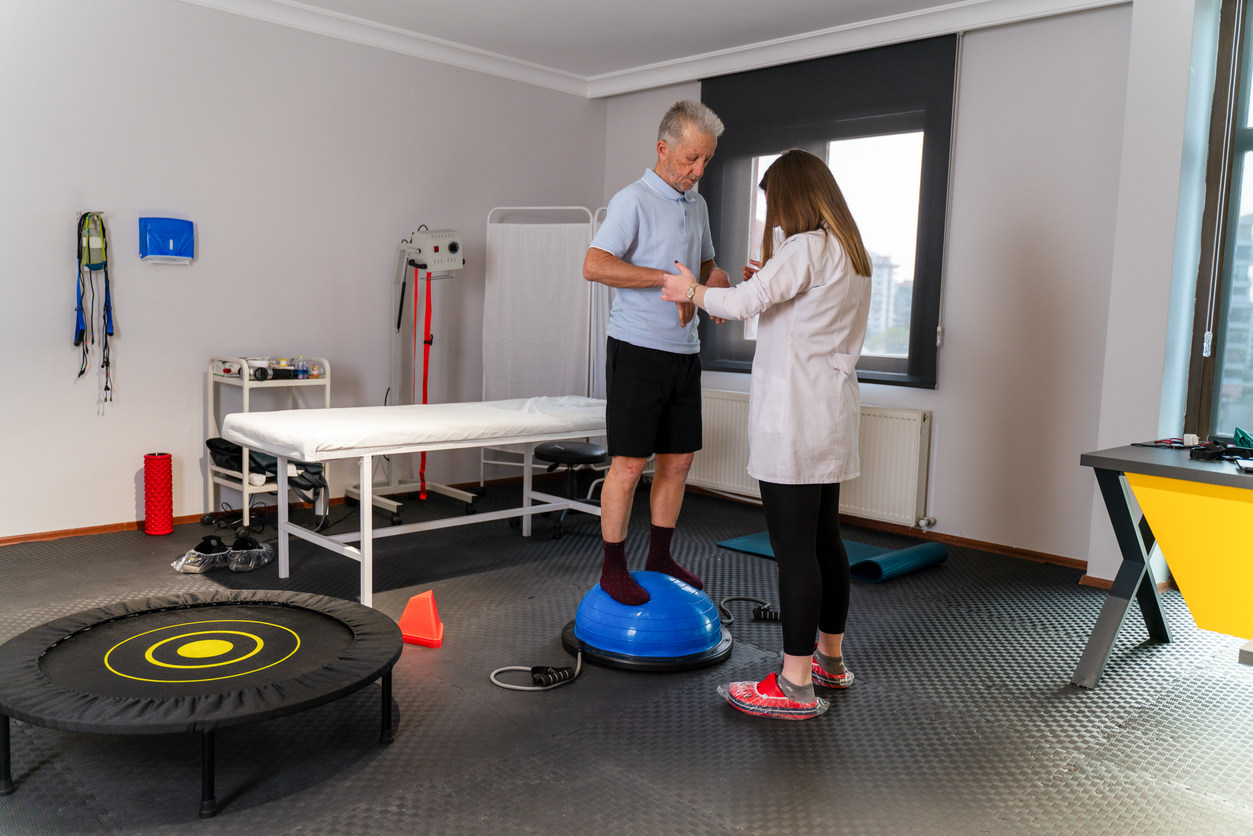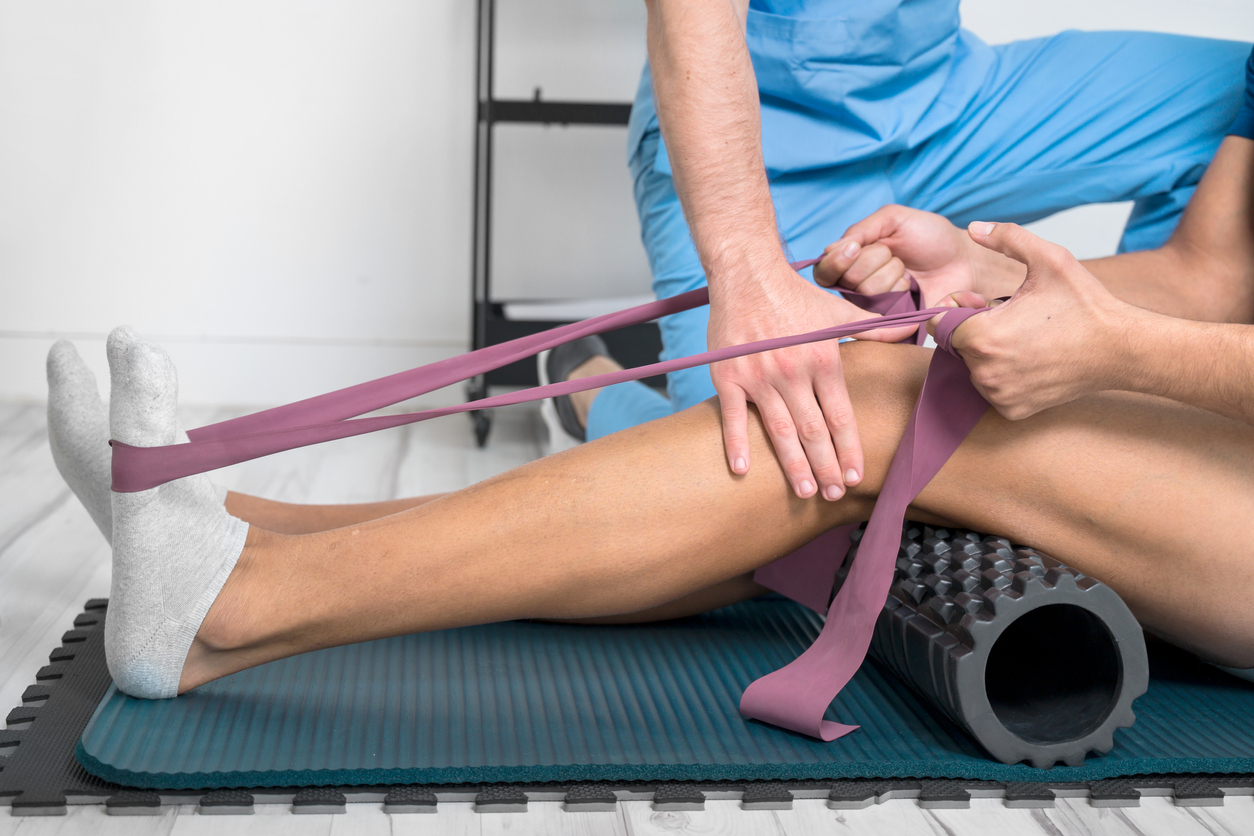Treatments
Physical Therapy
Conditions
Physical therapy is used to treat a variety of conditions including chronic lower back, back and neck pain, arthritis, fibromyalgia and cancer.
The Therapy
Physical therapists thoroughly examine patients' medical histories to understand prior injuries or root causes of ailments. The specialist with then used research-backed approaches to test and measure your motor functions, strength, range of motion, balance, coordination, posture, and respiration. Next, they develop treatment plans that include: the purpose, activities, and desired outcome. Finally, a patient will learn and perform the recommended activities with the therapist in a clinic or at their home (unmonitored).
There are five types of activities
Stretching targets tight, inflexible muscles, and joints to relieve pressure, pain, and increase range of motion. Exercise machines, resistance bands or a patient’s body weight (lunges, pushups) can target core muscles (belly, glutes and back) for lower back pain and other body parts for different conditions. Activities like fast walking, riding a stationary bike or water aerobics increase the heart rate while reducing impact on joints and muscles. Heat & Ice treatment can help relax muscles, sooth stiff joints, reduce inflammation, and decrease tissue damage to reduce pain. Transcutaneous electrical nerve stimulation (TENS) is an at home treatment that uses electrical impulses to prevents pain signals from reaching the brain.
Risks
Common side effects may include: swelling of the muscles, joints, tendons or ligaments which can be reduced by heat and ice therapy. Baseline pain may increase as patients recover and should be discussed with the physical therapist and referring doctor to determine continued therapy and/or additional treatments. More serious side effects can include: psycho-emotional issues from pain, poor progress, and stress from scheduling conflicts with work, friends, and family commitments. As with any treatment, ask your doctor if Physical Therapy is appropriate for your condition.



















